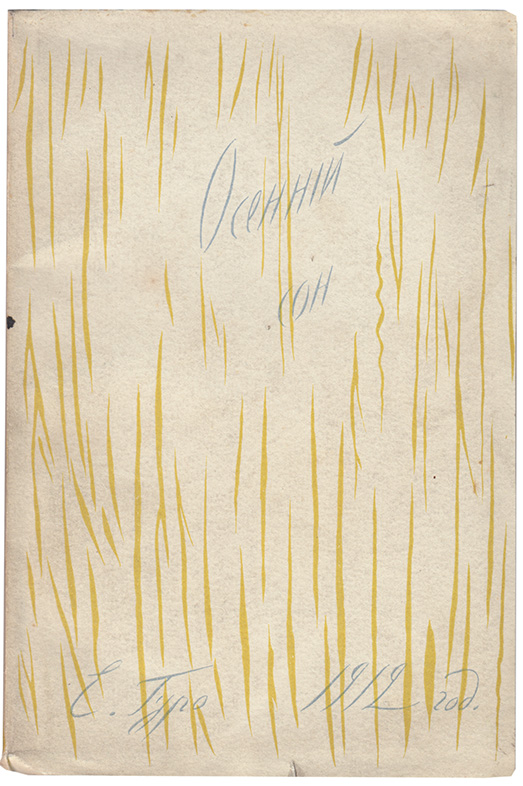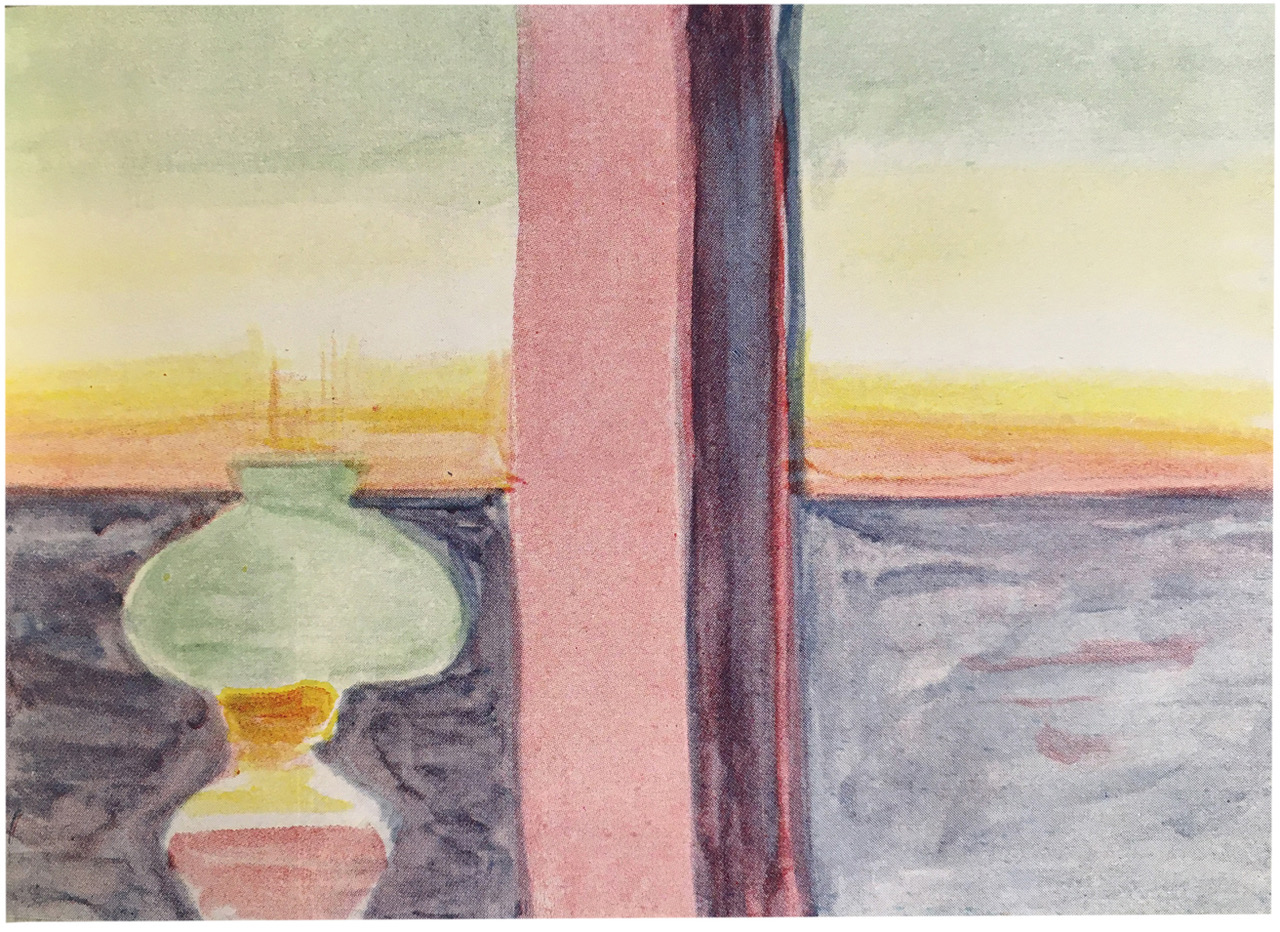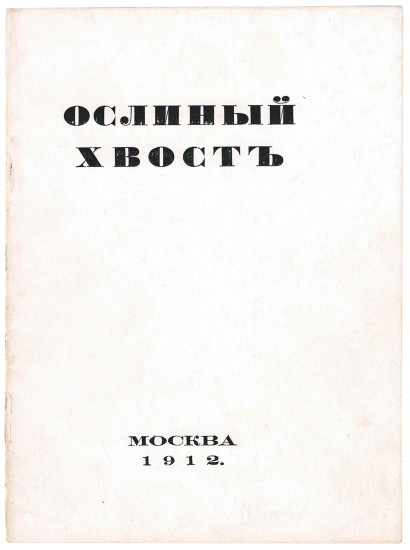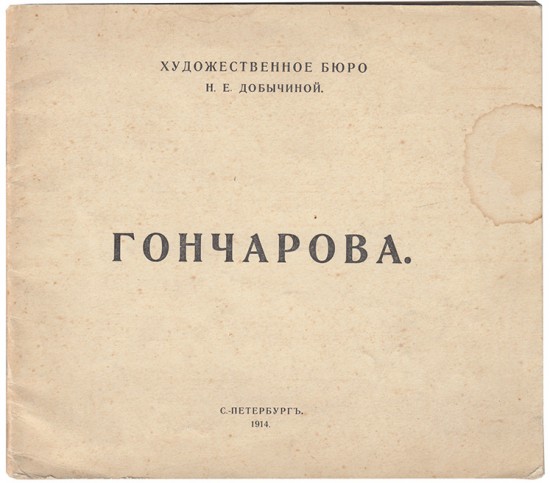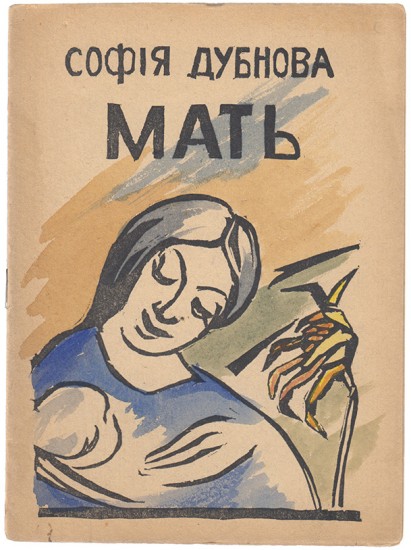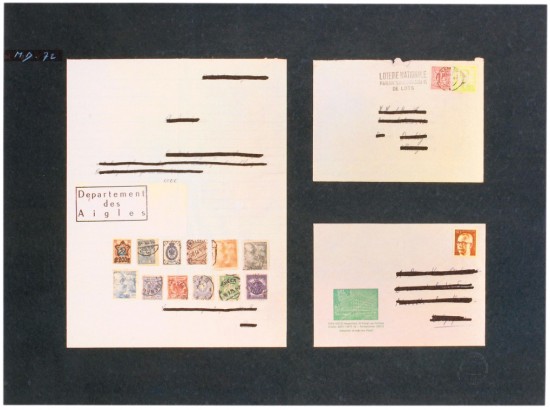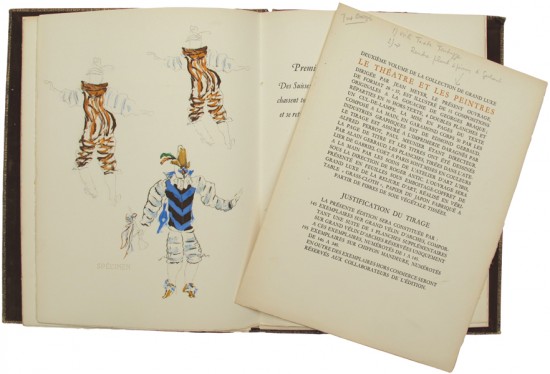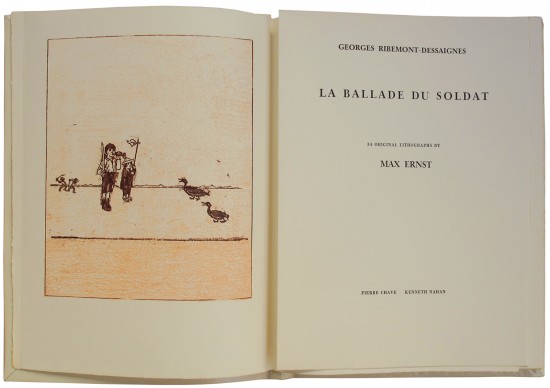Osennyi son'. P'esa v chetyrekh kartinakh. (Autumnal Dream: A Play in Four Acts)
Guro, Elena. Matyushin
St Petersburg. N. I. Butkovskaia. 1912
An excellent copy, unsophisticated in the original wrappers, of one of the rarest books by Elena Guro, her enigmatic second publication, 'Autumnal Dream'.
From the edition limited to 500 copies.
Elena Guro and Mikhail Matyushin (m. 1906), were key members of the Russian Futurist group The Union of Youth. Guro, sixteen years younger, significantly changed Matyushin's view of art and society and together they were influential in the burgeoning Cubo-Futurist movement. Matyushin was also a professional musician, and the inclusion of a leaf of his music, written for one of the texts in the book, is particularly touching. In 1912 Guro was suffering from leukemia and writing on the subject of her dead and 'unforgettable son', who is the subject of the present work, and to whom the book is dedicated. The couple did not have children and Guro's fantastical subject matter continues to intrigue those familiar with her work. It has been suggested that xxxxx (see the dedication, below) is a pseudonym for the artist-poet herself.
The present book is atypical in the context of Russian avant-garde publications, its typesetting, word-image combinations and subtle illustrated wrappers by Matyushin revealing a sensitivity more in keeping with Russian symbolism, which dominated the beginning of Guro's artistic career. This could, in part, be in keeping with the sad and otherwordly subject matter of the author's (imagined) dead son. In 1910, Guro and Matyushin were both involved in the publication 'A Trap for Judges,' printed on wallpaper and typeset in a way much more common to Russian Futurist publications.
[Rowell and Wye 8].
From the edition limited to 500 copies.
Elena Guro and Mikhail Matyushin (m. 1906), were key members of the Russian Futurist group The Union of Youth. Guro, sixteen years younger, significantly changed Matyushin's view of art and society and together they were influential in the burgeoning Cubo-Futurist movement. Matyushin was also a professional musician, and the inclusion of a leaf of his music, written for one of the texts in the book, is particularly touching. In 1912 Guro was suffering from leukemia and writing on the subject of her dead and 'unforgettable son', who is the subject of the present work, and to whom the book is dedicated. The couple did not have children and Guro's fantastical subject matter continues to intrigue those familiar with her work. It has been suggested that xxxxx (see the dedication, below) is a pseudonym for the artist-poet herself.
The present book is atypical in the context of Russian avant-garde publications, its typesetting, word-image combinations and subtle illustrated wrappers by Matyushin revealing a sensitivity more in keeping with Russian symbolism, which dominated the beginning of Guro's artistic career. This could, in part, be in keeping with the sad and otherwordly subject matter of the author's (imagined) dead son. In 1910, Guro and Matyushin were both involved in the publication 'A Trap for Judges,' printed on wallpaper and typeset in a way much more common to Russian Futurist publications.
[Rowell and Wye 8].
[37 leaves including inserted leaves of glossy and thick blue / grey paper; pp. 57 (+ 6)]. 8vo. (195 x 130 mm). With 5 plates (two portraits by Guro reproduced in black and white, and 3 colour reproductions of her paintings tipped-in on various paper stock); one leaf with music by Matyushin printed to rear. Original publisher's wrappers with Yapp edges, titles in blue and illustrations by Matyushin in yellow to covers and spine.
#47895
